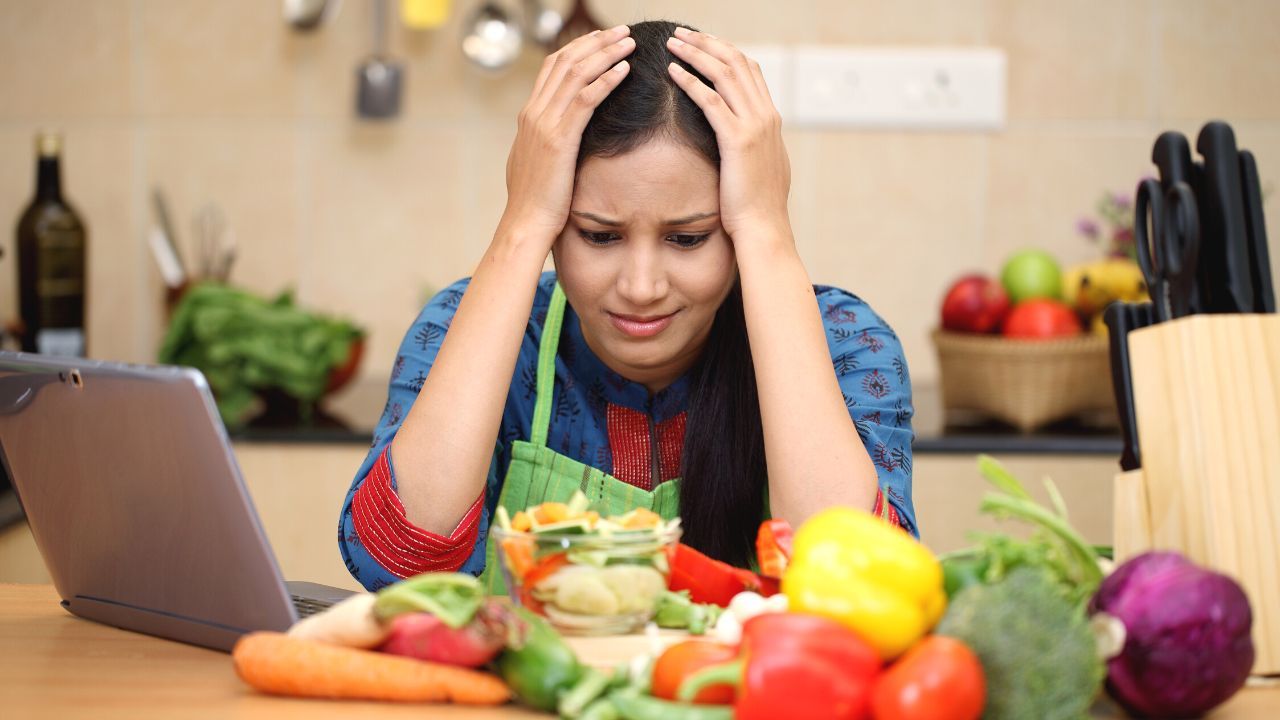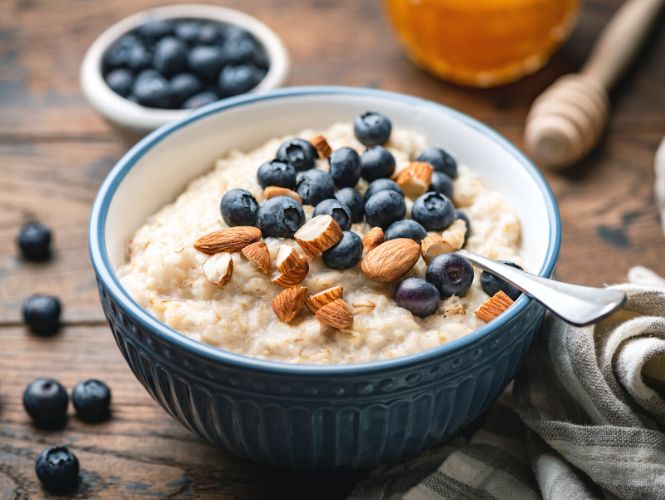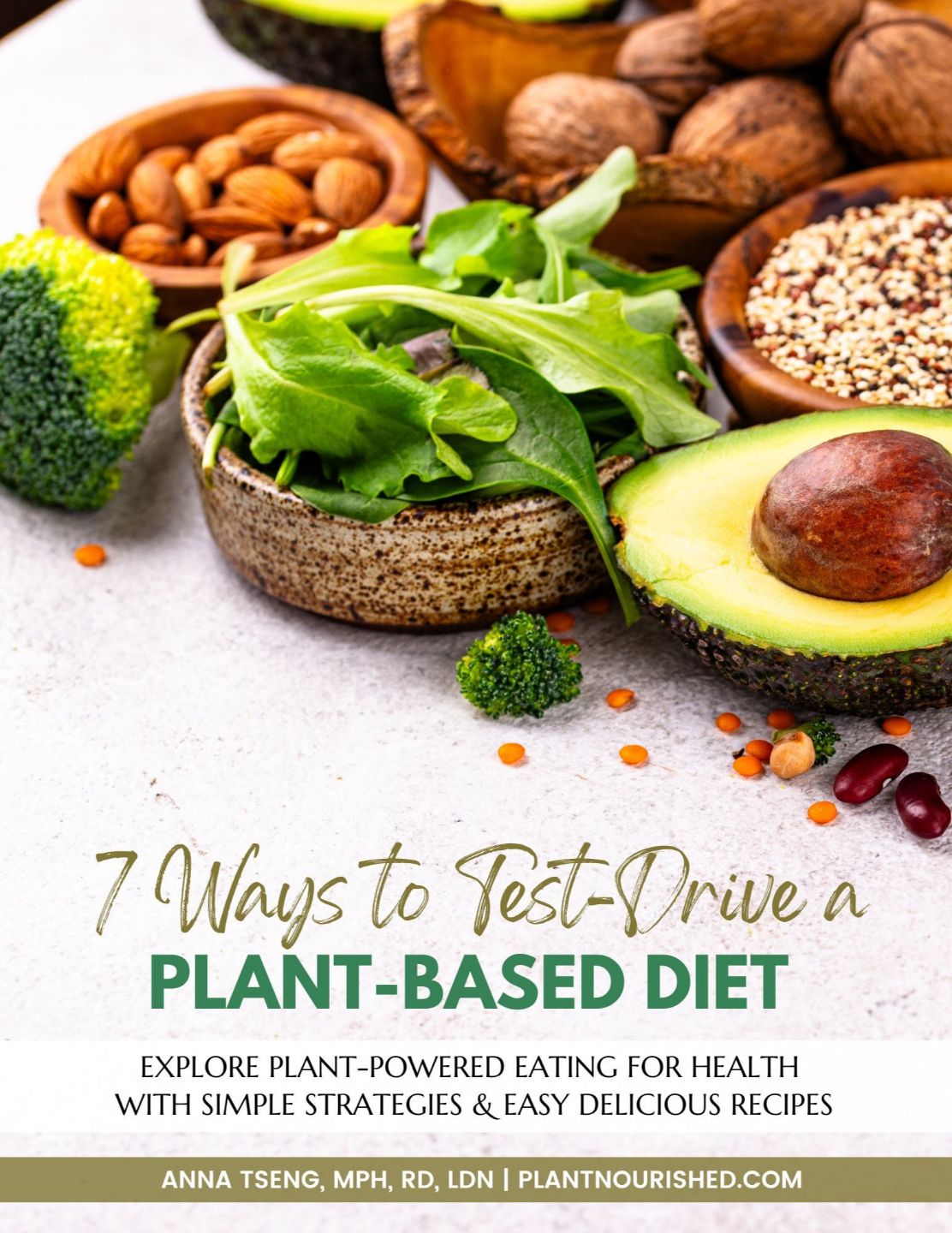3 Simple Ways To Begin Plant-Based Eating – Without Overwhelm or Stress!
Jan 15, 2023
New foods, new ingredients, new ways of cooking…starting a plant-based diet can feel super overwhelming and confusing. But it doesn’t need to be. This article shows you simple yet effective strategies you can adopt to get started with ease on the road to a plant-based diet lifestyle for optimal health and wellness.
The Plant-Based Diet Overwhelm
If you’ve always eaten a meat-based diet, changing the way you are eating now can seem like a HUGE shift. It’s natural to wonder, “where do I even start, how, and will I even like it? For some, it can seem like an uphill battle to change engrained lifestyle habits and you’re afraid to even take that first step. Yet, you desperately want to improve your current health condition and know that plant-based eating will help you do that. So what can you do?
Let’s end that plant-based diet overwhelm today. Sometimes a change can be daunting, but not if we break it down into smaller ‘bite-sized’ pieces - I'm talking baby steps! So here are 3 simple ways you can begin plant-based eating today…without needless overwhelm or stress. Depending on your comfort level, you can choose one strategy at a time or start with all 3 strategies to begin your plant-based journey.
Focus First on a Specific Meal of the Day

One way to start is to choose a meal of the day to get started on first. Will this be breakfast, lunch or dinner? You can choose which meal of the day may be most feasible for you to begin working on. If you’re a regular breakfast person, that may be the easiest one to start plant-fueling first. And there are many plant-based breakfast options to explore! These include a morning smoothie, nourishing oat bowls, cold overnight oats, chickpea savory crepes or mashed avocado toasts. Work to enjoy a daily plant-based breakfast first, before moving on to making the other meals of the day more plant-based.
Start Adding, Not Taking Away
Sometimes you (or any family members making the change with you) can feel wary or nervous, thinking, “If I go plant-based and remove so many foods from my diet, what am I going to replace those with?” I can understand that feeling, having eaten a regular meat-based diet for more than 3 decades myself. For many, this transition can become easier once they know there are certain alternatives (especially plant-based protein sources) that they do enjoy and can use in meals.
So one way to start is this: instead of immediately removing many animal-based foods from meals, start first by incorporating a variety of different plant-based foods like whole grains and beans into your current meals, so you (and family members with you) get the opportunity to try and get used to having them as part of regular dishes. You will begin to see the wide variety of plant-based foods that can be enjoyed, and plant-based eating suddenly won’t seem so limiting. Some examples would be having cooked quinoa instead of white rice on the dinner plate with the entrée, adding a new type of cooked or canned beans to a soup, or trying out different leafy greens in a salad such as Swiss chard or butterleaf instead of just romaine lettuce.
Take it Just One New Ingredient at a Time

For some, the two options given above may still seem too daunting. In that case, let’s start on an even smaller scale and begin with just one new plant-based ingredient at a time. This may already feel like enough to start with, and that’s absolutely fine.
Think about a major category that you would like to focus on first, such as whole grains, fruits, vegetables or legumes. Then commit to trying out one new plant-based food from that category at a time, exploring how to cook it and use it in a number of different ways. For example, if it is a whole grain like quinoa, you can first learn how to cook it and eat it on its own in place of rice as part of a meal, then later try adding it to a salad, taco or burrito. Then branch out and try dishes that use quinoa as a main ingredient like quinoa tabbouleh or a quinoa vegetable salad. Once you feel comfortable using quinoa, you can then pick another plant-based food to learn about, explore and add to your meals regularly.
Although this strategy will slow down your transition journey, you will still be making gradual progress toward plant-based eating – and that’s what really matters. You can always begin here and then later pick up more new ingredients at one time to explore, as you begin to gain confidence incorporating a variety of new plant-based foods into your meals.
A Final Word
Every little bit counts when building a plant-powered lifestyle. Think of each positive step taken as a building block that - over time, stacks up into better and more nourished health. I hope these 3 simple strategies outlined above help you knock down that ‘wall of overwhelm’ and start your lifestyle transformation today with more confidence and ease!



